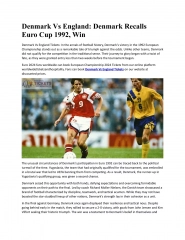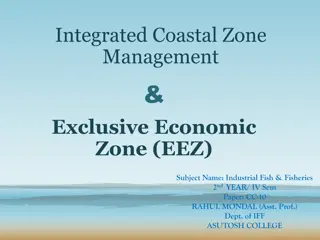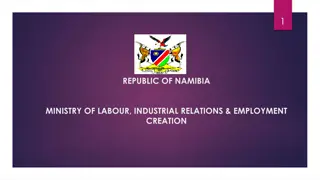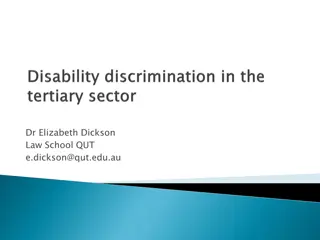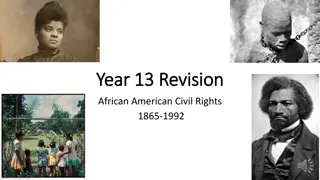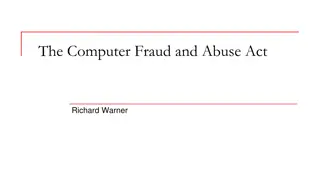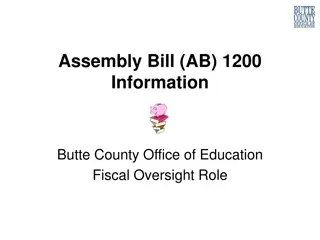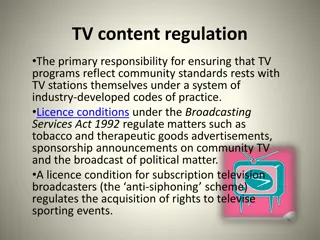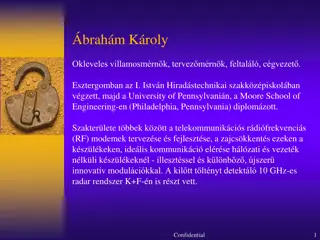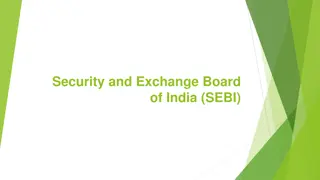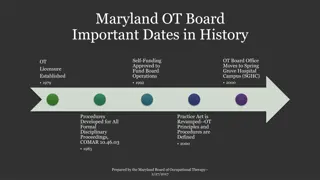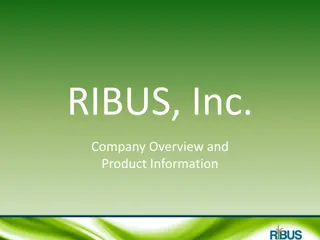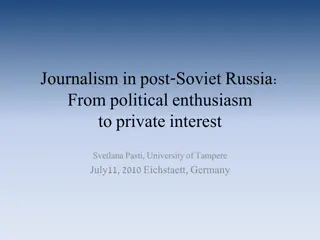
Resource-Based View in Strategic Management Conversations
Explore the resource-based view within strategic management discussions, focusing on distinctive competencies, diversification, organizational economics, and industrial organization. Learn about the search for economic rent, types of rent, and sources of rents that enable firms to generate value. Understand how firm-specific resources and related activities influence the direction of growth and diversification strategies, while considering the limits to growth and the role of synergy in performance outcomes.
Download Presentation

Please find below an Image/Link to download the presentation.
The content on the website is provided AS IS for your information and personal use only. It may not be sold, licensed, or shared on other websites without obtaining consent from the author. If you encounter any issues during the download, it is possible that the publisher has removed the file from their server.
You are allowed to download the files provided on this website for personal or commercial use, subject to the condition that they are used lawfully. All files are the property of their respective owners.
The content on the website is provided AS IS for your information and personal use only. It may not be sold, licensed, or shared on other websites without obtaining consent from the author.
E N D
Presentation Transcript
The Resource-Based View Within the Conversation of Strategic Management Joseph T. Mahoney J. Rajendran Pandian
Resource-Based View Conversation Traditional Strategy Insights (Distinctive Competencies & diversification) Resource-Based View Organizational Economics Industrial Organization
Resource-Based View within the Conversation of Strategy Continuing search for economic rent Strategy Types of Rent (above-normal rates of return): Owning a valuable resource that is scarce Ricardian rents Government protection or collusion Monopoly rents Risk-taking and entrepreneurial insights Entrepreneurial (Schumpeterian) rents Firm-specific investments Quasi-rents Sources of Rents: Services of durable resources that are relatively important to customers and are simultaneously superior, imperfectly imitable, and imperfectly substitutable Differences among firms in terms of information, luck, and/or capabilities enable the firm to generate rents.
Resource-Based View within the Conversation of Strategy Distinctive competence is a function of the resources which a firm possesses at any point in time Owning better resources + making better use of its resource distinctive competence + the direction of growth (diversification strategy) the mental models/ dominant logic of managerial teams Firm s resources
Diversification Strategy and Resources Limits to growth: Penrose effect : Internal managerial resources constrain the growth rate of the firm. A Corollary: A higher interdependence among resources will lower the firm s growth rate (Robinson, 1932). Resource-based motivation for growth: Specialization induces diversification .Excess capacity due to indivisibilities, and cyclical demand largely drives the diversification process. Direction of growth Firm specific resources and relatedness of activities determine the direction of diversification process.. (e.g., R&D intensity R&D intensity ; advertising intensity advertising intensity) Diversification and performance Contestable synergy (perfectly competitive factor markets) vs. idiosyncratic bilateral synergy (more likely to generate rent) Unrelated diversification is more likely to be contestable synergy while related diversification offers greater potential for idiosyncratic bilateral synergy.
Resource-Based theory within the Conversation of Organizational Economics Considered the fifth branch of organizational economics scholarship A shared dissatisfaction with the neoclassical theory of the firm. Organizational economics differ from the neoclassical theory of the firm in terms of the question whether the firm needs to exist? The change approach of RBT: A representative firm firms as a portfolio of differential core skills and routines Static equilibrium approach competitive process
Resource-Based theory within the Conversation of Organizational Economics Linkages with organizational economics Evolutionary economics: Schumpeterian competition firm s new combinations of resources ; Sustainable advantage is thus a history (path) dependent process (Arthur, 1988; Barney, 1991; Nelson and Winter,1982). Transaction cost economics: Resource combinations are influenced by transaction cost economizing (Teece, 1982; Williamson, 1991b). Property rights theory: Delineated property rights make resources valuable and as resources become more valuable, property rights become more precise (Libecap, 1989). Positive agency theory: Resource deployment of the firm is influenced by (minimizing) agency costs (Castanias and Helfat, 1991). Sticky resources vs. market failure: While market failure explains the existence of the firm (Coase, 1937), the resource-based view posits heterogeneous firms as the outcome of certain types of market failure.
Resource-Based View within the Conversation of Industrial Organization Two sides of the same coin: The constrained maximization problem of maximizing production given resource constraints and the constrained minimization problem of minimizing resource costs given a desired production level. The sustainability of economic rents vs entry barriers/mobility barriers: Resource-based view utilizes a central concept (isolating mechanisms) of the structure-strategy performance paradigm, albeit at a different level of analysis. Why isolating mechanisms exist? Asset-specificity and bounded rationality (Williamson, 1979); Rich connections between uniqueness and causal ambiguity (Lippman and Rumelt, 1982). The divergent premises of the Harvard School vs Chicago School: the effectiveness of the isolating mechanisms
Discussion and Conclusion Combining the diversification literature with the organizational economics literature: the choice of governance structure Heterogeneity of firms: A disequilibrium approach Integration of the resource-based view with strategic group analysis: Isolating mechanisms Integration of the resource-based view with industry analysis: A simultaneous consideration of industry analysis, organizational governance, and firm effects

